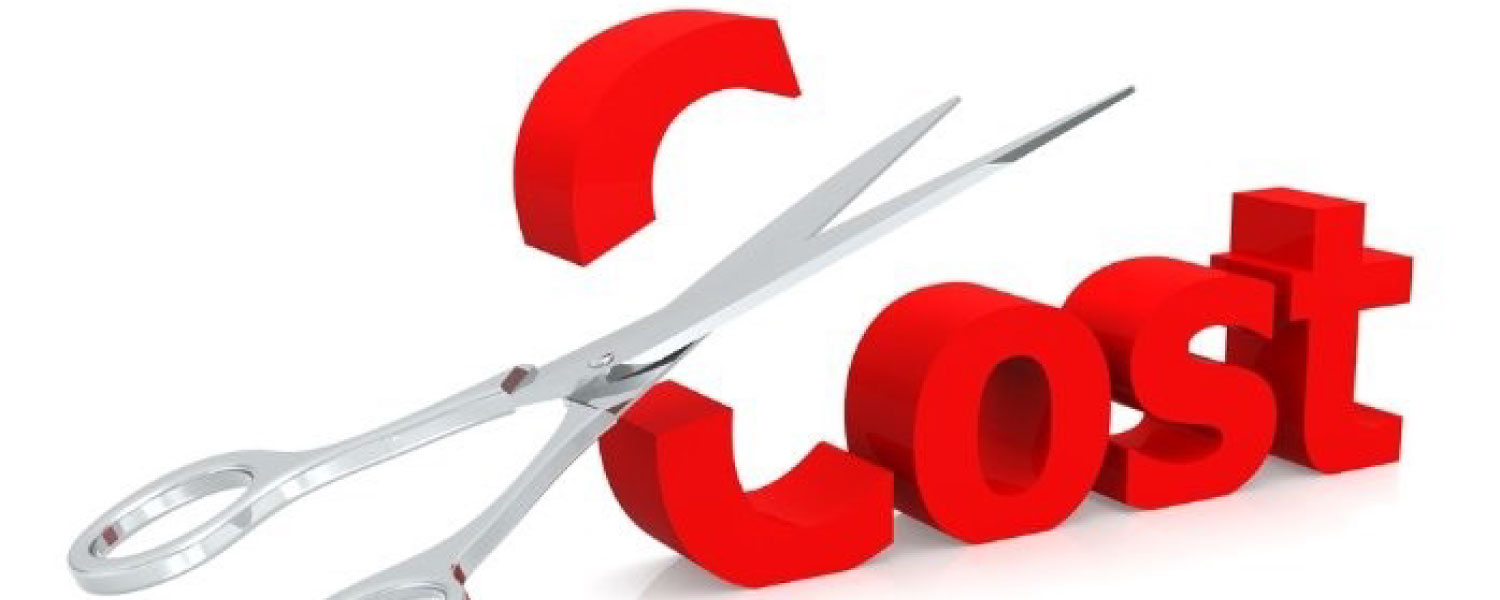
Cutting training - an easy way to save money...Or, maybe not
Mark Murrell
March 22, 2016
The economy is in a weird place right now. Some regions are booming and some are getting squeezed hard. In the midst of that squeeze, many fleets are focused on cost-cutting, and training is often one of the places where those cuts start. It probably surprises no one reading this that I think cutting training is a terrible idea. Sure, it may save you a couple of bucks today, but it prevents larger savings down the road, and can actually end up doing substantial damage to the company over the long term.
Lessons from Tech
To help illustrate why, let's look at an example of a similar situation in the past and see how it played out.
In the spring of 2000, when the dot-com bust happened, tech companies were getting hit from all sides. Private companies couldn't get funding and public companies were facing massive pressure to cut costs and keep the stock up. Most of them did, chopping their R&D budgets (since the savings there are immediate but any resulting pain is deferred). Apple, however, was one of the few companies who bucked the trend. They didn't just hold the line on R&D, they actually increased it. It's important to remember that Apple back then was a much different company than today, focused on selling computers and generating about $8 billion in annual revenue with little or no profit. They were a small player and their stock was taking a beating along with the rest of the tech industry, so it was a bold move to double down on R&D investments when everyone else was cutting.
However, 18 months later that decision paid off. While most of the tech industry were just getting rolling with R&D again after the recession ended, Apple was way ahead. They launched the iPod (one month after 9/11!) and never looked back from there. With a series of disruptive, category-defining products over the ensuing decade they left the previous industry leaders in the dust. Apple today does $233 billion in revenue (nearly 30 times more than in 2000) and generates $53B in annual profit. Their profit now is more than 6 times what their gross revenue was in 2000. By comparison, Microsoft and Intel (the once dominant players in the industry) have pretty much stagnated and are generally regarded as relics of a past generation.
What does that have to do with driver training in the trucking industry? Well, in both cases we're talking about investments in building a better business for the future. Tech R&D may be about hardware or software innovation, while training is about improving the quality of service provided by drivers, but both are the heart of competitive advantage for their segment. And in both cases, you have to run at least as fast as the competition or you'll be left behind.
While the Apple example is kind of old news now, I see seeds of the same thing happening in trucking today. Some fleets are feeling pinched by the economy and cutting the 'easy' things like training. They're saving a few bucks right away, and they'll deal with the fallout later.
However, other fleets are taking a broader view and focusing more on driver training. One fleet with 750 drivers, for example, is delivering more than 2000 courses per month to its drivers.
When the economy rebounds, who do you think is going to be better prepared to capitalize on it?
Fewer, smarter investments
So if we don't want to cut driver training altogether, how do we at least cut the cost so we can contribute to savings for the business?
There are two primary ways to do that, and both are fairly easy to implement.
First, cut out the classroom training. With apologies to my colleagues who do classroom training, it's expensive, disruptive and much of the time, ineffective. The ROI is really low, so get rid of as much of it as you can. Move it online and you'll get the same amount of training for a third of the price.
Second, focus on the areas where it will do the most good. That means less of the aspirational stuff, and more meat-and-potatoes things like regulatory and safety topics. Fines and violations cost way more than the training required to prevent them, so focus training there and you'll save big money, quickly. Similarly, things like load securement and anti-theft training will help ensure more cargo gets to the destination in good shape, cutting costs and improving the customer experience.
The Math Doesn't Change
It's also important to remember why you train drivers in the first place. Driver training is about improving the service that you deliver to customers, making it more efficient, safer, more reliable, and more profitable. Whether the economy is good or bad, the equation is still the same:
Better Trained Drivers = Better Quality Freight Delivery = More Profitable Fleet
When times are good people tend to overlook the inefficiency and focus on growing the top line. However, when the good times end it's critical to remove that inefficiency and streamline the operation. Training is one of the best ways to do that, and the smarter fleets are doing it today. It may seem like a 'cost' but investing in quality improvement always pays off. At the very least, you want to keep up with competitors that are already making those investments.